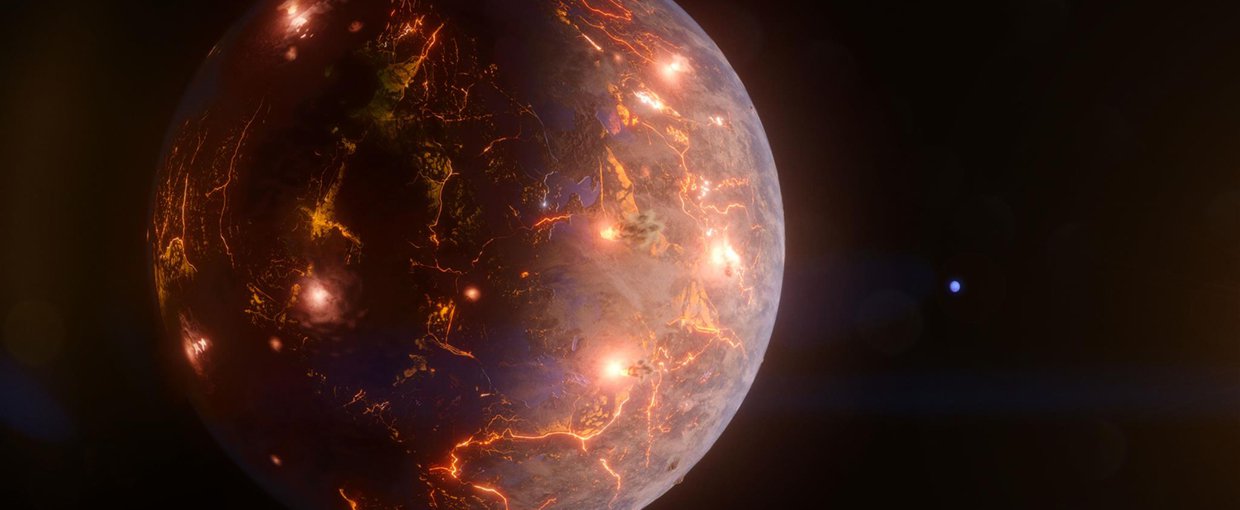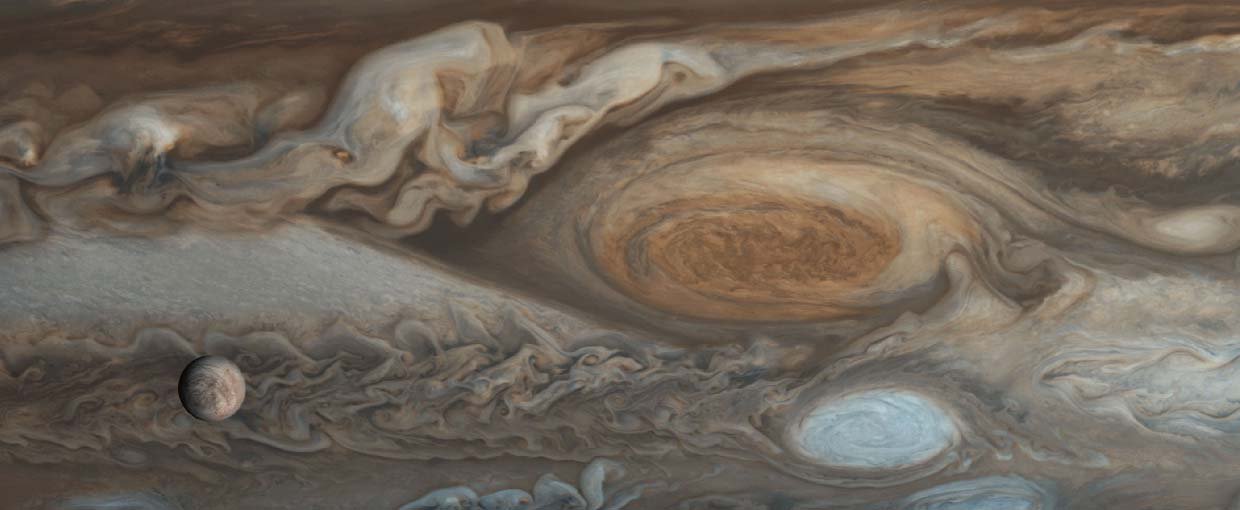Segura, A., Walkowicz, L. M., Meadows, V., Kasting, J., & Hawley, S. (2010). Astrobiology, 10(7), 751–771. doi:10.1089/ast.2009.0376
Smith, D. E., Zuber, M. T., Phillips, R. J., Solomon, S. C., Neumann, G. A., Lemoine, F. G., … Peale, S. J. (2010). Icarus, 209(1), 88–100. doi:10.1016/j.icarus.2010.04.007
Snyder, J. C., Bateson, M. M., Lavin, M., & Young, M. J. (2010). Applied and Environmental Microbiology, 76(21), 7251–7258. doi:10.1128/aem.01109-10
Spiegel, D. S., Raymond, S. N., Dressing, C. D., Scharf, C. A., & Mitchell, J. L. (2010). The Astrophysical Journal, 721(2), 1308–1318. doi:10.1088/0004-637x/721/2/1308
Szynkiewicz, A., Ewing, R. C., Moore, C. H., Glamoclija, M., Bustos, D., & Pratt, L. M. (2010). Geomorphology, 121(1-2), 69–83. doi:10.1016/j.geomorph.2009.02.017
Taylor, P. D., Vinn, O., Kudryavtsev, A., & William Schopf, J. (2010). Journal of Structural Biology, 171(3), 402–405. doi:10.1016/j.jsb.2010.05.010
W. Howard, A., Johnson, J. A., W. Marcy, G., A. Fischer, D., T. Wright, J., Bernat, D., … Henry, G. W. (2010). The Astrophysical Journal, 721(2), 1467–1481. doi:10.1088/0004-637x/721/2/1467
Wilkinson, P. B., Chambers, J. E., Meldrum, P. I., Gunn, D. A., Ogilvy, R. D., & Kuras, O. (2010). Geophysical Journal International, 183(2), 543–556. doi:10.1111/j.1365-246x.2010.04760.x
Yabuta, H., Alexander, C. M. O. D., Fogel, M. L., Kilcoyne, A. L. D., & Cody, G. D. (2010). Meteoritics & Planetary Science, 45(9), 1446–1460. doi:10.1111/j.1945-5100.2010.01117.x
Zerkle, A. L., Kamyshny, A., Kump, L. R., Farquhar, J., Oduro, H., & Arthur, M. A. (2010). Geochimica et Cosmochimica Acta, 74(17), 4953–4970. doi:10.1016/j.gca.2010.06.015



